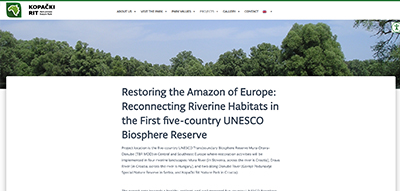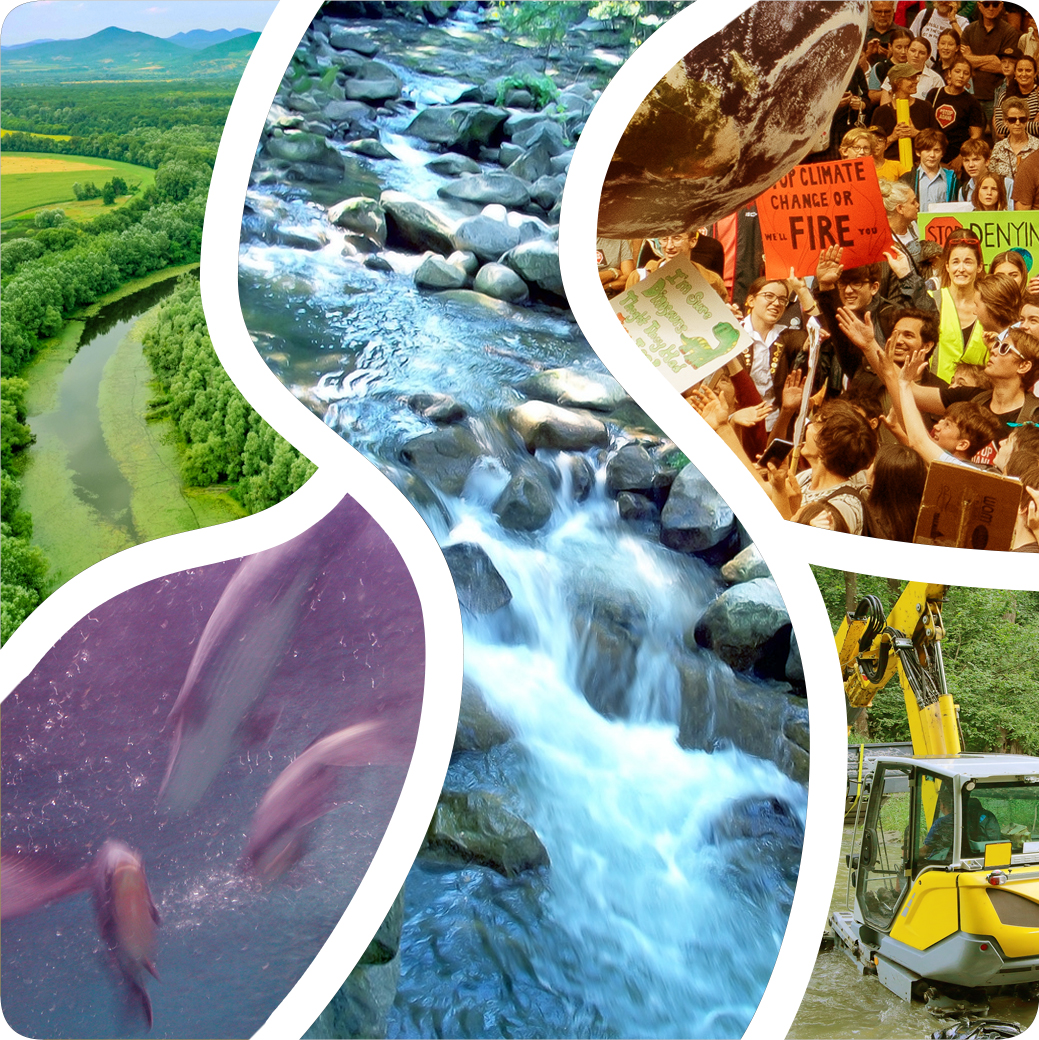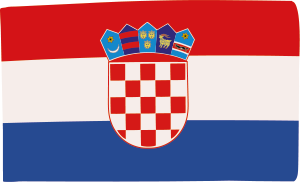Marina Petrić
Monitoring and Restoration officer - WWF Adria
NGOs & Civil Society

My Projects
 Restoring the Amazon of Europe: Reconnecting Riverine Habitats in the First five-country UNESCO Biosphere Reserve
Restoring the Amazon of Europe: Reconnecting Riverine Habitats in the First five-country UNESCO Biosphere Reserve
- Key project facts
Restoration of side channels and floodplane forest in Kopački rit and Gornje Podunavlje area.
Establishing the Restoration Task Force, and work with the local community.
- What impact did these projects have on biodiversity, if any?
improving habitat conditions for fish, birds, amphibians, aquatic invertebrates, improve water storage capacity and hydrological conditions in the TBR MDD.
- What work challenges did you face and what approach did you take to solve them?
For some institutions, restoration is still not regarded as a feasible or priority option. This is often due to a lack of awareness, limited technical capacity, or insufficient funding. Additionally, the overall administrative and decision-making processes tend to be slow and fragmented, which significantly delays the planning and implementation of restoration measures. As a result, valuable time is lost, and opportunities to improve ecosystem health and resilience are missed.
- What lessons learned are transferable to other places/projects?
The importance of interdisciplinary collaboration and stakeholder engagement for successful ecosystem restoration. The effectiveness of establishing a dedicated Restoration Task Force to guide and scale up restoration efforts. The benefits of restoring native habitats, such as wet meadows and native forests, for climate resilience and biodiversity.
- Is there anything you would do differently if you could do it all over again?
Put focus more on the restoration of hydrology in the entire area.
My Focus and Approach
- Lessons Learnt - Some recommendations for others?
- What’s most important:
Be persistent and patient.
- Do this, not that:
Be adaptable.
- Always start by:
Understanding.
- What to do when things get difficult…:
Sill be persistent and patient. It will pass.
- 5 simple steps to:
- collaboration with the stakeholder
- find solution together
- be adaptable
- conduct monitoring
- prepare detail restoration plan
- The biggest barrier and what I am trying to do about it:
collaboration with different stakeholder.
- What’s most important:
My Journey
- My current role:
I'm 2 year in WWF Adrian on current position, biologist by education.
- My journey:
I really like a restoration on nature, that is my topic.
- My Education:
-
Biologist
-
- Favourite part of the work I do:
Fieldwork
Interview
Key Topics:
Key Topics
These relate to specific topics (e.g. technical solutions; restoration activities etc.) addressed within the showcase materials.
- Cross-border restoration
- Floodplain
- Landscape-scale planning
- Cross-sector collaboration
Prone2Success Factors Demonstrated:
Prone2Success Factors Demonstrated
These are the Prone2Success checklist factors which are highlighted within this showcase. More information on the Prone2Success checklist can be found here.
- Measurable goals to improve ecological status
- Supports WFD, NRL and other restoration policy goals
- Communicate/engage with stakeholders from the outset
- Obtain sufficient finance for all project stages
- Restoration works (design) are self-sustaining
- Local planning processes are transparent / clearly understood
- Include long term monitoring
- Include adaptive management approaches (combined with monitoring)
- Ensure stakeholder understanding / education of restoration goals & benefits
- Demonstrate specific ecological improvements/legal compliance / communicating results during and after the project
NRL Restoration Categories:
NRL Restoration Categories
These are the restoration categories (listed under Annex VII of the European Nature Restoration Law (NRL) which are relevant to this showcase.
- [2] Improve hydrological conditions
- [22] Improve connectivity across habitats
- [26] Restore fish spawning / nursery areas
Was this information useful?
No
Thank you for submitting feedback.
Click here to share your thoughts
Acknowledgements & Links
This material was provided by: Marrina Petrić.
Funding: Endangerd landscape and seascape program


